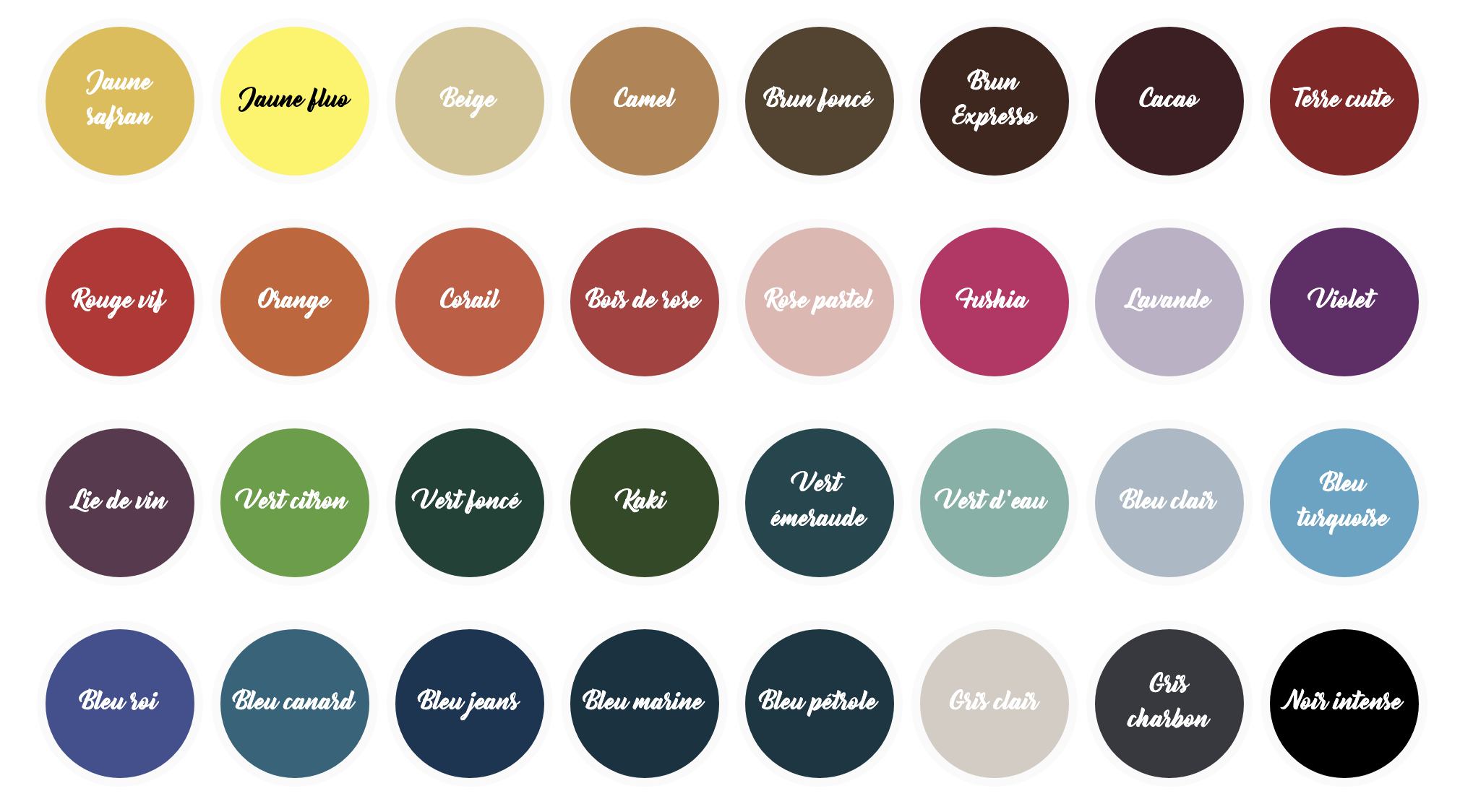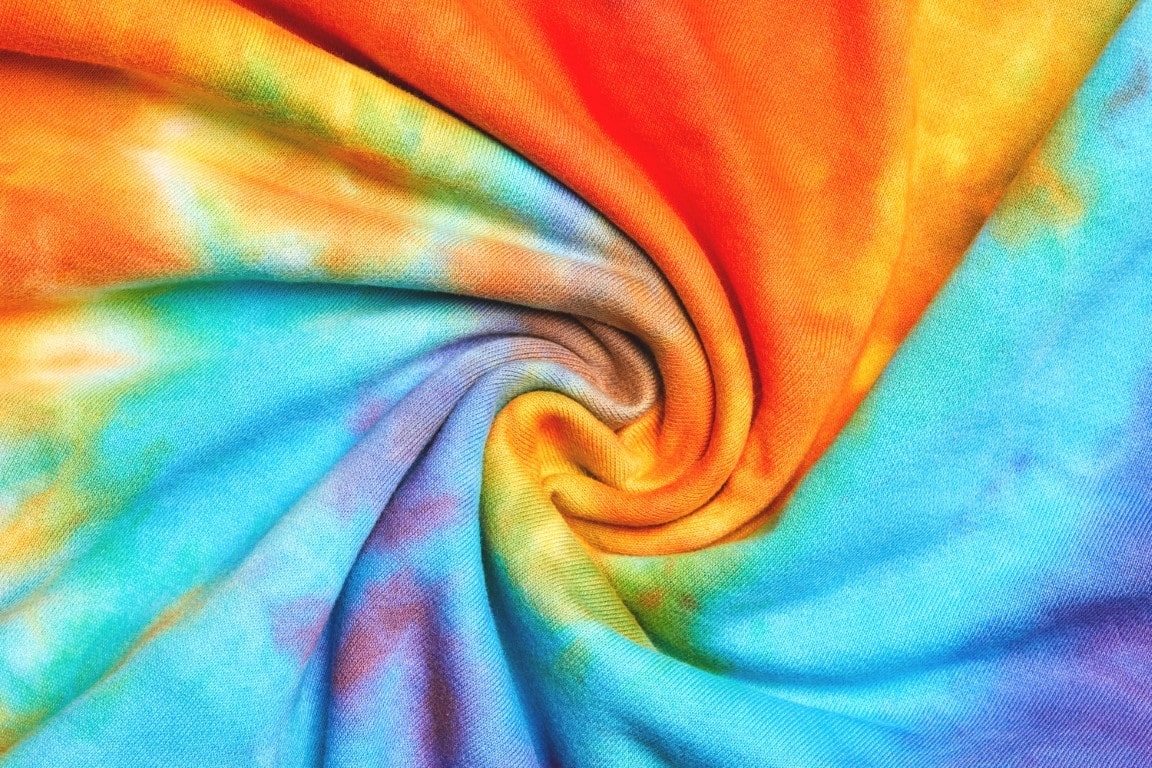Black Dye For Clothes: A Comprehensive Guide To Transform Your Wardrobe
Let’s face it folks, teinture noire vetement or black dye for clothes is more than just a trend—it’s a game-changer. Whether you’re looking to refresh an old favorite or give your wardrobe that edgy, timeless appeal, black dye has become the ultimate fashion hack. Picture this: you’ve got a faded black jacket or a pair of jeans that lost their luster. Instead of tossing them out, why not breathe new life into them with a little DIY magic? Black dye isn’t just for pros—it’s accessible, easy to use, and can save you a ton of cash. So, buckle up, because we’re diving deep into everything you need to know about black dye for clothes.
Now, before we jump into the nitty-gritty, let’s talk about why black dye is so popular. It’s not just about the color—it’s about the versatility. From reviving old garments to creating custom designs, black dye offers endless possibilities. Plus, it’s eco-friendly! Instead of contributing to the fast fashion waste cycle, you can upcycle your clothes and make them look as good as new. And hey, who doesn’t love saving money while being sustainable?
But hold up, there’s more to black dye than meets the eye. It’s not just about slapping some color on your clothes; it’s about technique, preparation, and a little bit of creativity. Whether you’re a seasoned DIY enthusiast or a total newbie, this guide will walk you through every step of the process. So, grab your favorite beverage, and let’s get started!
What Is Black Dye for Clothes?
Alright, let’s break it down. Black dye for clothes, or teinture noire vetement, is essentially a liquid or powder substance used to transform fabrics into a rich, dark black hue. But here’s the kicker—it’s not one-size-fits-all. Different fabrics require different types of dye, and understanding this is key to achieving the perfect result. For instance, synthetic fibers like polyester might need a specific type of dye compared to natural fibers like cotton or wool.
Black dye isn’t just about covering up stains or fading—it’s about enhancing the fabric’s natural texture. When applied correctly, it can give your clothes a sleek, professional finish that’ll turn heads. And let’s not forget, black is timeless. It’s the color of sophistication, power, and mystery, making it a staple in every wardrobe.
Why Should You Use Black Dye?
Here’s the deal: black dye isn’t just for covering up old clothes. It’s a powerful tool for creativity and sustainability. Let me break it down for you:
- Saves Money: Instead of buying new clothes, you can refresh what you already have.
- Environmentally Friendly: Reducing waste by upcycling is a win-win for the planet.
- Customization: Want to make your clothes stand out? Black dye lets you experiment with patterns and designs.
- Long-Lasting Results: When done right, black dye can last for years without fading.
So, whether you’re trying to save money or reduce your carbon footprint, black dye is a smart choice. Plus, it’s fun! Who doesn’t love a good DIY project?
Types of Black Dye
Not all black dyes are created equal. Depending on the fabric you’re working with, you’ll need to choose the right type of dye. Here’s a quick rundown:
Fiber-Reactive Dye
This is your go-to for natural fibers like cotton, linen, and rayon. Fiber-reactive dyes bond with the fabric, creating a vibrant, long-lasting color. They’re easy to use and perfect for beginners. Just mix the dye with water, soak your garment, and voilà—you’ve got a beautifully dyed piece of clothing.
All-Purpose Dye
As the name suggests, all-purpose dyes can handle a variety of fabrics, including synthetics. They’re great for quick fixes and don’t require as much preparation as other types. However, they might not be as long-lasting as fiber-reactive dyes. If you’re looking for a quick and easy solution, this is the way to go.
Acid Dye
For animal-based fibers like wool, silk, and nylon, acid dyes are your best bet. They require a bit more effort, as you’ll need to use hot water and vinegar to set the dye. But the results are worth it—a rich, deep black that’ll make your clothes look brand new.
How to Choose the Right Dye for Your Fabric
Picking the right dye is crucial for achieving the desired result. Here’s a simple guide to help you decide:
- Cotton or Linen: Go for fiber-reactive dye.
- Polyester or Nylon: All-purpose dye is your friend.
- Silk or Wool: Acid dye will give you the best results.
Remember, it’s always a good idea to test the dye on a small, inconspicuous area first. This way, you can ensure the color and texture turn out just the way you want.
Step-by-Step Guide to Dyeing Clothes Black
Now that you know the basics, let’s dive into the process. Here’s how you can dye your clothes black like a pro:
What You’ll Need
- Black dye (fiber-reactive, all-purpose, or acid, depending on your fabric)
- Gloves (to protect your hands)
- A large pot or bucket
- Hot water
- Vinegar or soda ash (for setting the dye)
- A stirring stick or spoon
Step 1: Prepare Your Fabric
Wash your garment thoroughly to remove any dirt or residue. This will help the dye adhere better. If you’re using fiber-reactive dye, you might need to soak the fabric in a soda ash solution beforehand.
Step 2: Mix the Dye
Follow the instructions on the dye package to mix the dye with water. For fiber-reactive dyes, you’ll need to add soda ash. For acid dyes, use vinegar instead.
Step 3: Dye Your Fabric
Submerge your garment in the dye mixture, making sure it’s fully saturated. Stir occasionally to ensure even coverage. Let it soak for the recommended time—usually around 30 minutes to an hour.
Step 4: Rinse and Dry
Once the dyeing process is complete, rinse your garment under cold water until the water runs clear. Then, wash it separately in the washing machine with a mild detergent. Finally, hang it to dry or tumble dry on low heat.
Tips and Tricks for Perfect Results
Here are a few tips to help you achieve the best results:
- Always wear gloves to avoid staining your skin.
- Work in a well-ventilated area to avoid inhaling fumes.
- Use old towels or newspapers to protect your work surface.
- Don’t overload the dye bath—give each piece of clothing enough space to move around.
And here’s a pro tip: if you want to create ombré or tie-dye effects, experiment with different dye concentrations and application methods. The possibilities are endless!
Common Mistakes to Avoid
Even the best of us make mistakes, but here’s how you can avoid them:
- Not Pre-Washing: Skipping this step can lead to uneven dyeing.
- Using the Wrong Dye: Make sure you choose the right type for your fabric.
- Not Following Instructions: Each dye has its own requirements, so read the label carefully.
- Rushing the Process: Let the dye soak for the recommended time to ensure a deep, rich color.
By avoiding these common pitfalls, you’ll be well on your way to mastering the art of black dyeing.
Where to Buy Black Dye
These days, you can find black dye pretty much anywhere. Here are a few options:
- Local Craft Stores: Places like Michaels or Jo-Ann Fabrics often carry a wide variety of dyes.
- Online Retailers: Amazon, Etsy, and other online platforms offer a range of dyes at competitive prices.
- Specialty Stores: If you’re looking for high-quality, professional-grade dyes, check out specialty fabric stores.
Just make sure to read reviews and check the ingredients list to ensure you’re getting a quality product.
Conclusion: Embrace the Power of Black Dye
So there you have it, folks—a comprehensive guide to teinture noire vetement or black dye for clothes. From understanding the different types of dye to mastering the technique, you now have all the tools you need to transform your wardrobe. Remember, black dye isn’t just about covering up old clothes—it’s about creativity, sustainability, and fun.
Now, it’s your turn to take action. Grab that old shirt, roll up your sleeves, and dive into the world of black dye. And don’t forget to share your results with us in the comments below. Who knows? You might just inspire someone else to give it a try!
Table of Contents
- What Is Black Dye for Clothes?
- Why Should You Use Black Dye?
- Types of Black Dye
- How to Choose the Right Dye for Your Fabric
- Step-by-Step Guide to Dyeing Clothes Black
- Tips and Tricks for Perfect Results
- Common Mistakes to Avoid
- Where to Buy Black Dye
- Conclusion



Detail Author:
- Name : Stefanie Senger
- Username : sauer.earlene
- Email : thiel.aileen@hotmail.com
- Birthdate : 1973-04-20
- Address : 8550 Rolfson Spur Apt. 438 South Brody, NH 68010-7596
- Phone : +1 (517) 478-7746
- Company : Lynch PLC
- Job : PR Manager
- Bio : Qui distinctio quo accusamus saepe eveniet ut qui. Eum molestias reprehenderit non voluptatem adipisci. Sed libero qui dicta. Harum laudantium expedita iusto praesentium aliquid.
Socials
tiktok:
- url : https://tiktok.com/@jesse_xx
- username : jesse_xx
- bio : Doloremque quae fuga alias consequuntur. Eius odit quas fugiat odit molestiae.
- followers : 6567
- following : 334
twitter:
- url : https://twitter.com/jweissnat
- username : jweissnat
- bio : Et culpa ea quo voluptas aut beatae explicabo amet. Et eum ut pariatur officia. Voluptatem est quo ex nemo et. Qui minus molestias voluptatibus quae nostrum.
- followers : 5078
- following : 940
linkedin:
- url : https://linkedin.com/in/weissnatj
- username : weissnatj
- bio : Libero consequuntur nulla sint illum magni neque.
- followers : 220
- following : 778
facebook:
- url : https://facebook.com/jesseweissnat
- username : jesseweissnat
- bio : Aliquam odio libero incidunt vel et et aspernatur minus.
- followers : 5359
- following : 10
instagram:
- url : https://instagram.com/jesse9087
- username : jesse9087
- bio : Optio ex nemo itaque dignissimos provident. Natus neque est aut dolores. Dolorem est aut id aut.
- followers : 5322
- following : 670